Vacuuming is supposed to make cleaning easier. But if your vacuum suddenly stops picking up dirt, struggles to move across the floor, or starts making strange noises, the problem might not be the motor; it could just be a clogged brush. Many people assume it's time for a vacuum repair when suction drops, but in reality, a dirty brush is often the real issue.
Hair, dust, and threads can wrap tightly around the roller and block movement. Once that happens, the vacuum can't work properly, and over time, it puts stress on the motor. That's why knowing how to clean a vacuum brush is one of the simplest ways to avoid unnecessary breakdowns or costly repairs.
With a few basic tools and a little time, you can restore performance and extend the life of your vacuum. In this guide, you'll learn when to clean, how to do it safely, and why it matters more than most people think.

Why Clean Your Vacuum Brush
Cleaning your vacuum brush, trivial as it might sound, makes a world of difference. Like:
- A clean brush ensures optimal suction by preventing clogs that reduce performance.
- Build-up on the brush puts strain on the motor, which can lead to costly damage over time.
- Cleaning the brush helps stop bacteria and allergens from being spread, ensuring your vacuum helps keep your home clean.
How Often Should You Clean Your Vacuum's Brush?
For most homes, clean the vacuum brush once a month. However, if you notice reduced suction or poor performance, it might be a sign that the brush needs attention.
Clean Your Vacuum Brush More Frequently, If:
- You have pets, especially ones with long hair. In this case, your vacuum brush will need cleaning more often. Pet hair can quickly wrap around the brush and reduce its effectiveness. Aim to clean the brush every two weeks in pet-friendly homes to prevent clogs.
- You or family members have long hair. The vacuum brush may accumulate hair more quickly. Long strands tend to get tangled around the brush, which can make it harder for the vacuum to clean your floors properly. In such cases, cleaning the brush every two weeks is recommended.
- You have hard floors, like tile or wood, and the brush tends to get dirty less quickly as these surfaces shed less debris.
- Your home mostly has carpet. The brush may get dirty faster due to the increased amount of dust and dirt trapped in carpet fibers. Consider cleaning your brush more frequently if you have carpeted areas in your home.
Signs That Your Vacuum Brush Needs Cleaning
Signs that your vacuum brush needs cleaning are pretty easy to spot:
- Reduced Cleaning Performance
- Visible Hair and Debris Wrapped Around the Brush
- The Brush Roller Stops Spinning
- Unusual Noises During Operation

Step-by-Step Instructions for Cleaning a Vacuum Brush
Cleaning your vacuum brush might seem arduous, but it's easy with a few small steps:
1. Gather Your Supplies
You will need a few basic tools to start:
- Scissors or a seam ripper to cut away any tangled hair or threads.
- A soft brush (like an old toothbrush) to remove dust and debris.
- A cloth or towel to wipe off any remaining dirt.
2. Disconnect Power and Access the Brush Roller
For safety, always disconnect your vacuum from the power source before you begin cleaning. Next, locate the brush roller. You may need to remove a cover or open a compartment to access it.
3. Remove the Brush from its Housing
Once the brush is exposed, carefully remove it from its housing. Some vacuum models may have clips or screws holding the brush in place. If necessary, use a screwdriver to remove any screws. Place any removed parts in a safe spot to avoid losing them.
4. Cut Away Tangled Hair and Threads
Using scissors or a seam ripper, carefully cut away any hair or threads that are wrapped around the brush. Be gentle!
If you have a vacuum with an anti-tangle brush, like the Dreame X50 Ultra's HyperStream™ DuoBrush, you may find that hair buildup is less of an issue. These advanced brushes are specifically designed to prevent hair from wrapping around the roller. However, if hair does manage to accumulate, it can be easily removed with minimal effort, and the brush will continue to perform efficiently with regular maintenance.
5. Clear Debris from the Brush's End Caps and Housing
After removing the tangled hair, use a soft brush to clean the end caps and housing where the brush fits. Dirt, dust, and hair can build up in these areas, reducing the brush's ability to rotate properly. Use the brush to gently scrub away any debris, then wipe it down with a cloth.
6. Wash the Brush Roller (If Applicable)
If your vacuum brush is washable, use warm water and mild soap to clean it. Make sure to remove any remaining debris by scrubbing it with a soft brush. Let the brush dry completely before reassembling it.
7. Reassemble the Components Correctly
Once the brush is clean and dry, carefully place it back into its housing. Reattach any screws or clips that hold the brush in place. Make sure the brush is securely in place and rotates freely before reconnecting your vacuum to the power source.

Tips for Different Vacuum Types
Different vacuums require different cleaning methods. Whether you're using a robot vacuum, wet-dry vacuum, or cordless stick vacuum, it's important to follow the right tips to keep the brush in top shape.
Clean Robot Vacuum's Brush
- Take extra care when removing the brush from your robot vacuum, as these models often contain sensitive sensors and electric parts.
- Perform regular checks on the brush since robot vacuums run frequently, causing brushes to collect hair and debris quickly. Clean the brush every two weeks.
- Use small tools, such as an old toothbrush, to clean the brush area. These tools help remove dust and debris from hard-to-reach areas without scratching or damaging the vacuum's delicate parts.
- Check the brush rotation once a week to make sure it spins freely and nothing is blocking it.
Some robot vacuums with mopping functions now include self-cleaning systems that rinse and dry the mop pads automatically after each use. Models like Dreame X50 Ultra use high-pressure nozzles and hot air drying to keep the mops fresh and odor-free. While this reduces manual work, it's still important to check the brushes and sensors regularly for best performance.
Clean Wet Dry Vacuum's Brush
- Avoid wet build-up on the brush and other components when using a wet-dry vacuum. After cleaning wet messes, wash the brush with warm water and a soft brush.
- Thoroughly dry the brush before reusing the vacuum.
- Check the vacuum's liquid pathways and filters after each wet use to make sure nothing is blocking the tubes or filters.
Some wet-dry vacuums, like the Dreame H15 Pro, come with advanced self-drying systems. These features use moisture detection to adjust drying time automatically, helping the roller stay dry and ready for the next use, even in humid environments.

Clean Cordless Stick Vacuum's Brush
- Clean the brush weekly or as needed, based on usage.
- Check the brush rotation after cleaning to make sure it spins smoothly.
When to Replace Your Vacuum Brush
Over time, even with regular cleaning, your vacuum brush can start to show signs of wear and tear, so you may need to replace your brush if you notice:
- The bristles of the brush are no longer stiff or are visibly bent; the brush may no longer be able to agitate dirt and debris effectively.
- Cracks, splits, or visible damage to the brush or housing, it's time for a replacement.
- The brush roller no longer rotates freely, or it stops spinning entirely. It could be a sign that the brush is worn out.
- Reduced suction power even after a thorough cleaning. In this case, the brush may no longer be performing as it should.
A Clean Vacuum Brush for a Happier Home
Taking a few minutes to clean your vacuum brush makes a big difference. It helps your vacuum run more efficiently, so you can spend less time cleaning and more time relaxing at home. Whether you've got furry friends, little ones, or just the usual mess, regular brush cleaning keeps things running smoothly. It's a simple, quick task that ensures your vacuum is doing its best work, leaving you with fresher floors and a cleaner home! A happy brush means a happy home.

















































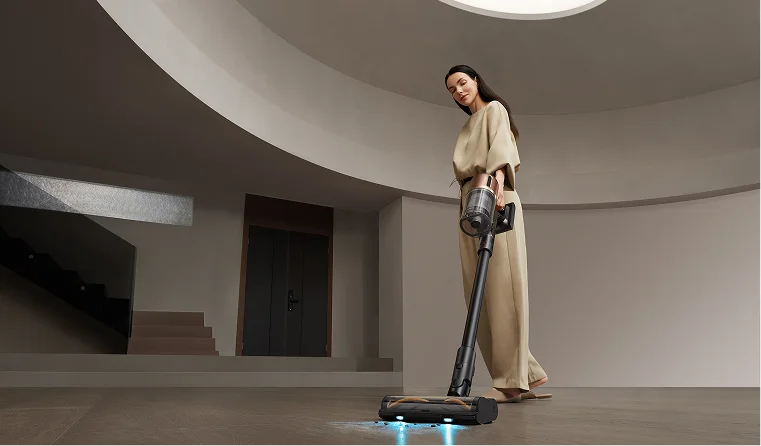
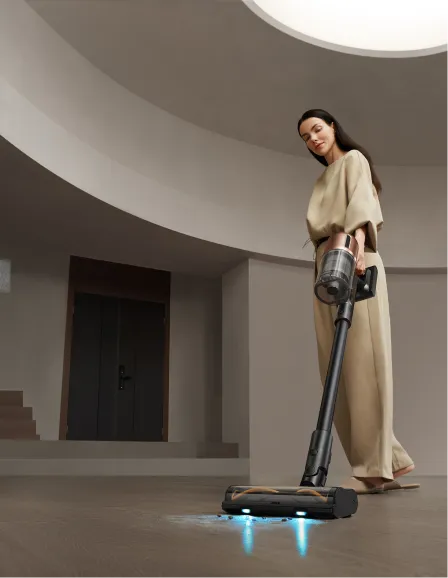
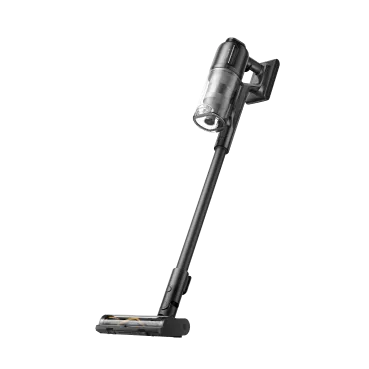
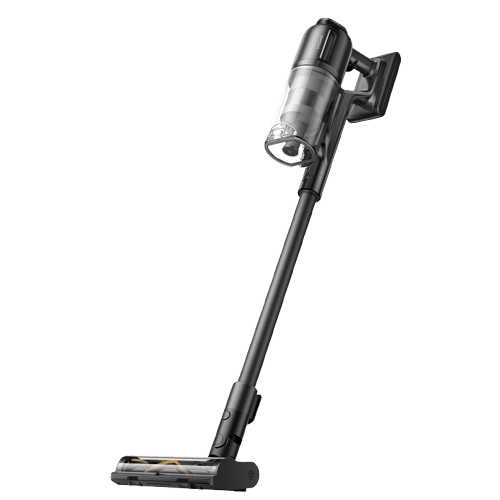
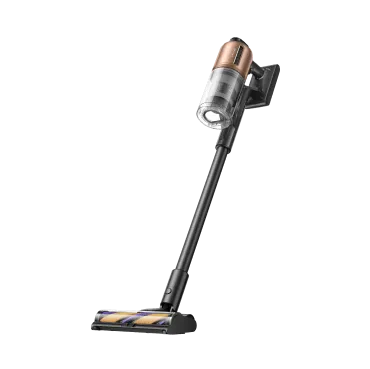
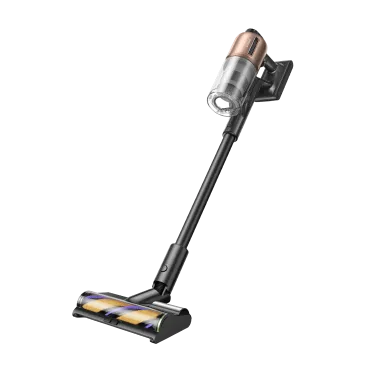
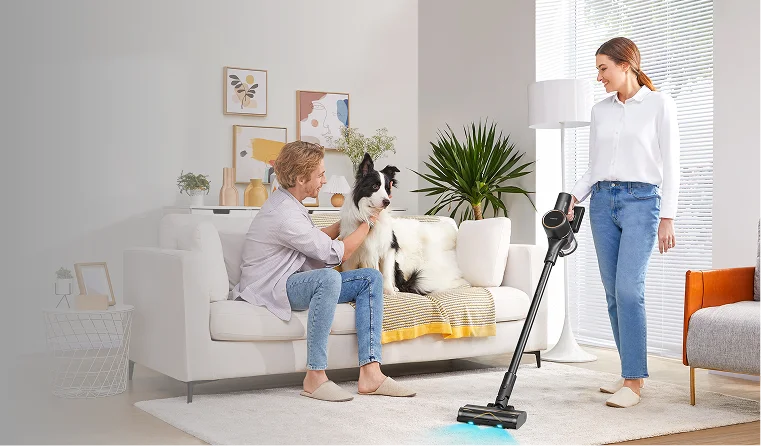
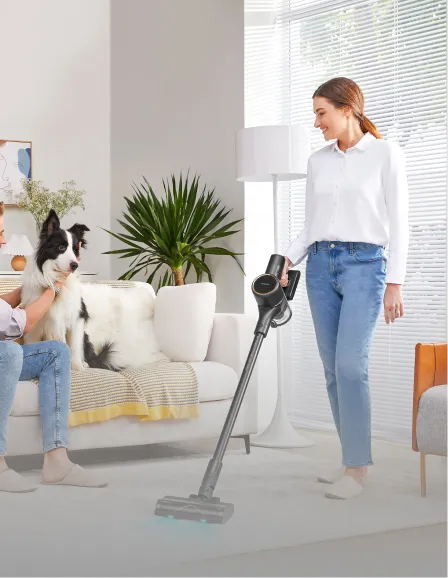
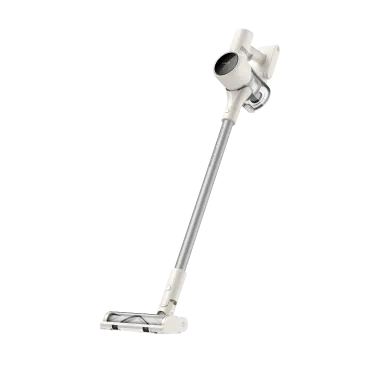
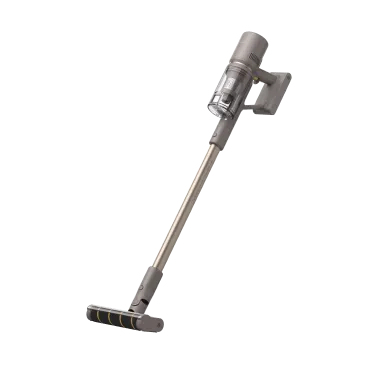
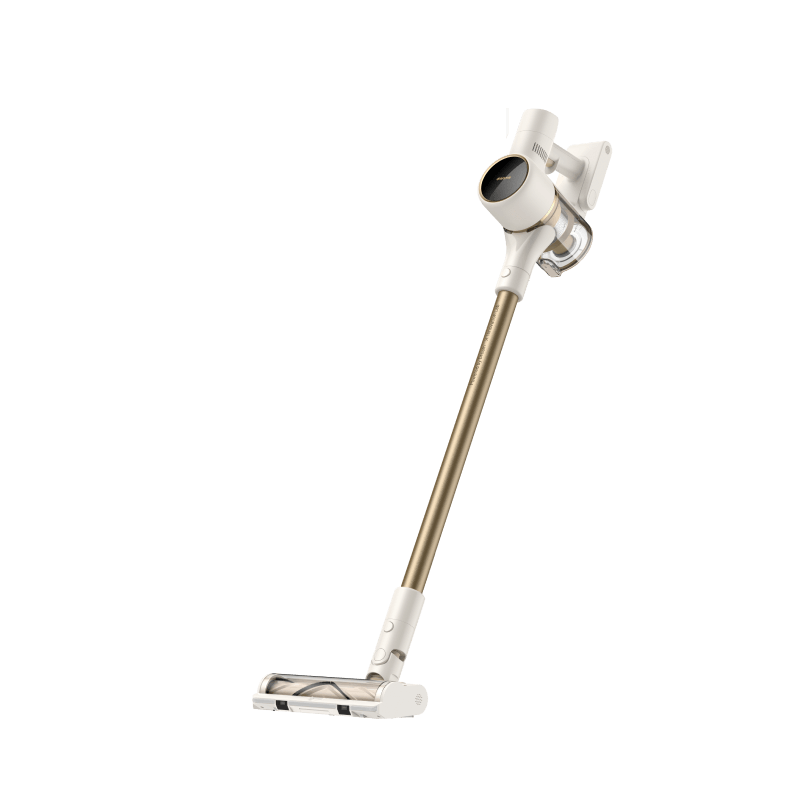
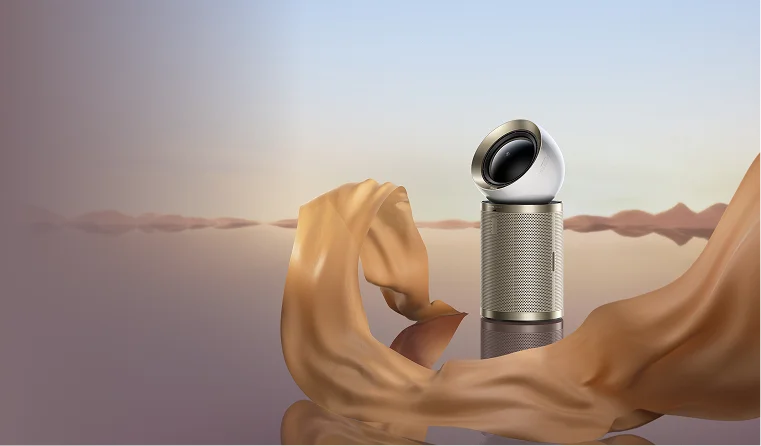
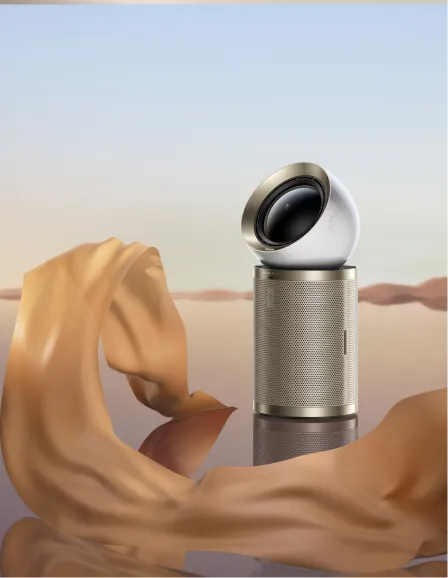

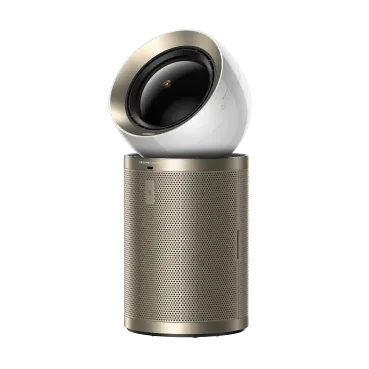
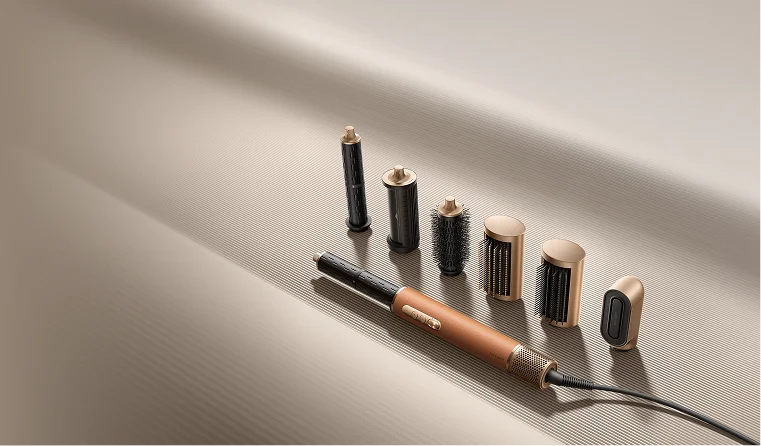
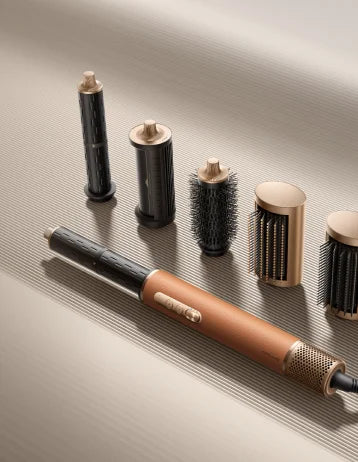
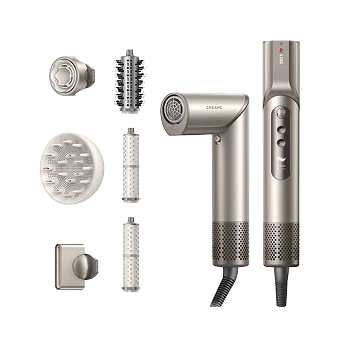


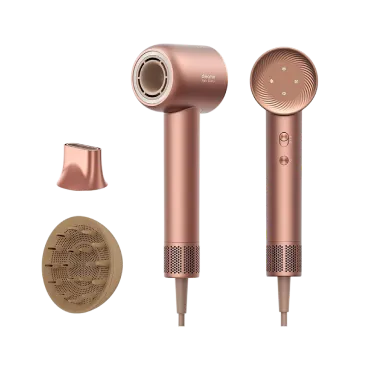
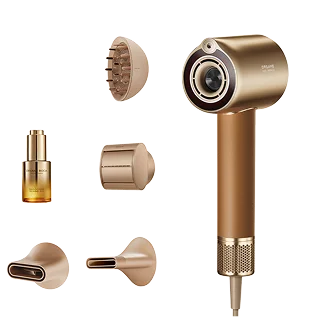
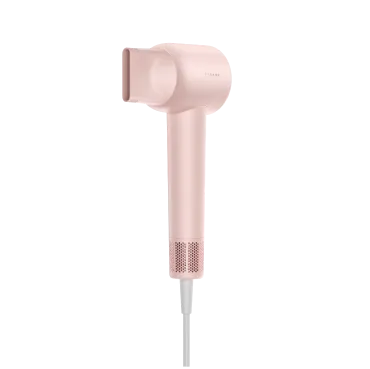


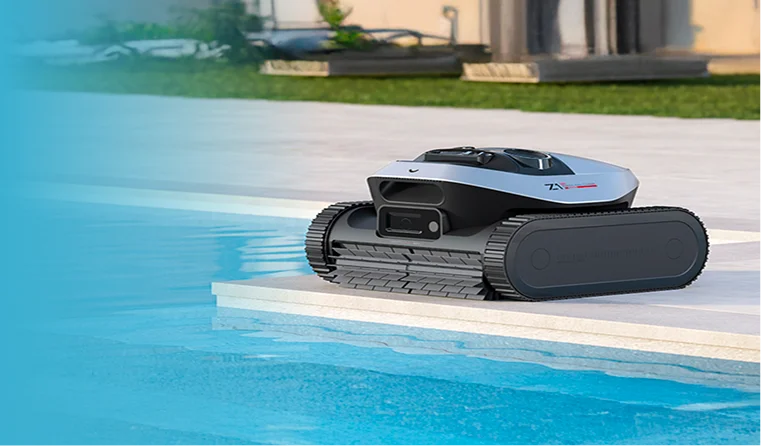
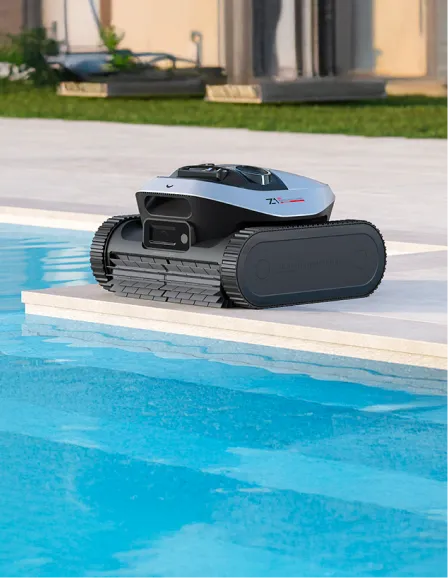
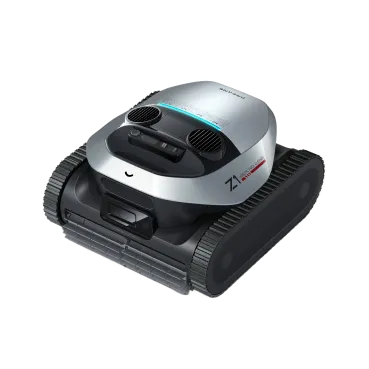

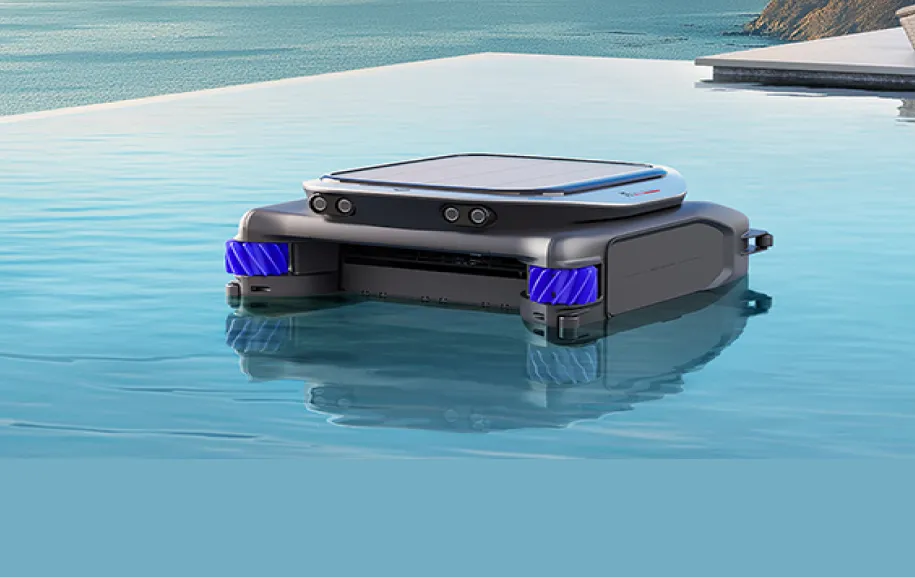










 Australia
Australia 中国大陆
中国大陆 日本
日本


 Türkiye
Türkiye


 Italia
Italia
 Netherlands
Netherlands Belgium
Belgium
 Greece
Greece Polska
Polska
 Norway
Norway
 Sweden
Sweden
 Finland
Finland
 Denmark
Denmark
 Hungary
Hungary Czechia
Czechia
 Slovenia
Slovenia
 Croatia
Croatia
 Switzerland
Switzerland United Kingdom
United Kingdom
 Canada
Canada



